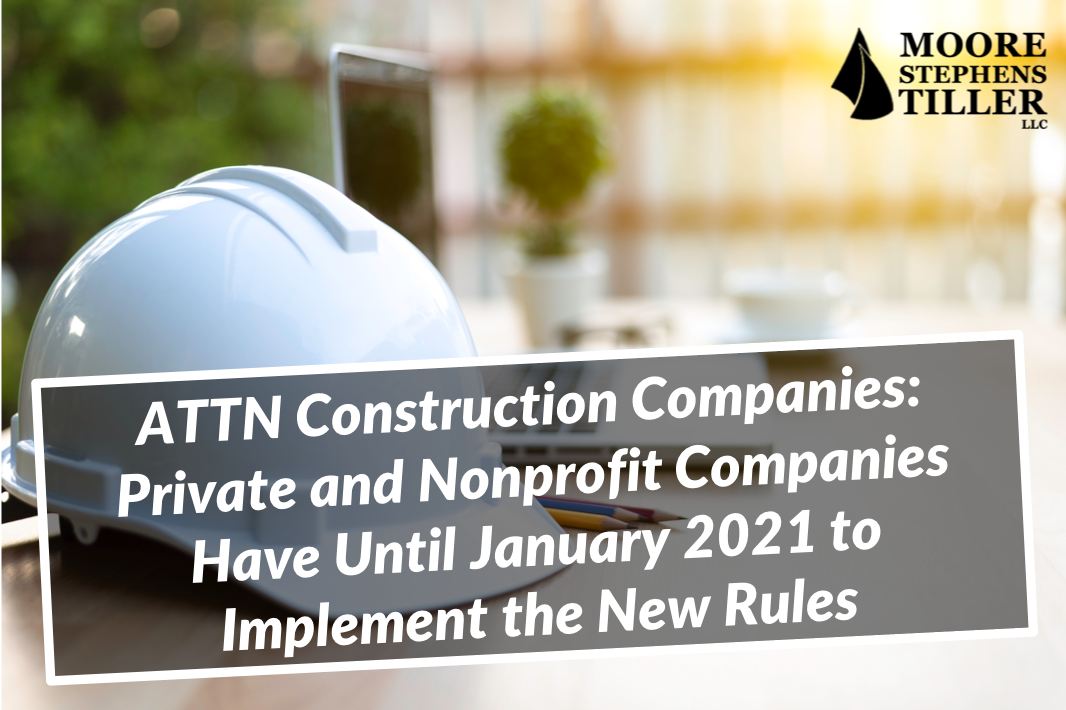
As we reported last December, fiscal year 2020 was slated to signal a major change in the way construction companies that report under GAAP record operating leases that run for more than a year.
In August 2019, private companies and nonprofits got some good news. The Financial Accounting Standards Board (FASB) proposed a delay to this deadline until January, 2021. The board approved this change in October 2019. This 12-month reprieve will give companies more time to understand and implement the new requirement.
A Complex Change
When your construction company leases equipment now, it’s not terribly difficult to document the related payments in your accounting software. Though it’s a little more involved than this, you essentially record the monthly outflows as expenses.
For companies who report under GAAP, that will be changing. Accounting Standards Update (ASU) 2016-02 requires operating leases that run for more than 12 months to be recognized on the Balance Sheet, as “Right of Use Assets” and related Lease Liabilities. This new directive will take effect for fiscal years beginning in January 2021.
Public companies have already implemented this change. As is the FASB’s standard practice, private companies and nonprofits generally get an extra year to implement major standards changes. The FASB, at least for now, intends to keep it that way.
What to Consider
If you’re affected by this new accounting rule, you can breathe a sigh of relief. But not for long, since ASU 2016-02 describes quite a complicated change. You’ll need the extra time to thoroughly analyze your ability to implement it and get assistance. You should be thinking about:
- Whether you’ll need new software (yes, the change is that significant).
- Your company’s lease terms with its customers. How will they affect your financial statements? Will you need to modify any of them?
- How your lease liabilities will impact debt covenants. Do a lot of customers lease from you? If so, your books will show bigger lease asset and liability assets. And if these lease liabilities are an element of your debt covenant calculations, you may have to modify agreements, so that the new lease liabilities are excluded. New agreements should reflect this, too.
- Whether leases are operating or finance (capital). How will each be recorded on your income statement? Operating leases will be similar to rent expense; they’ll be recognized on a straight-line basis over the lease’s life. Capital leases will recognize interest and depreciation expenses on the income statement, similar to standard GAAP.
Don’t Wait Too Long
We can’t stress enough how important it is for you to get started on this soon – especially if you’re going to have to modify agreements or get new software. ASU 2016-02 does not represent a change that will come easy, and you have fewer than 18 months to have everything in place. We can help you understand your new lease-related accounting responsibilities and implement the changes necessary. Contact us to set up a consultation.
